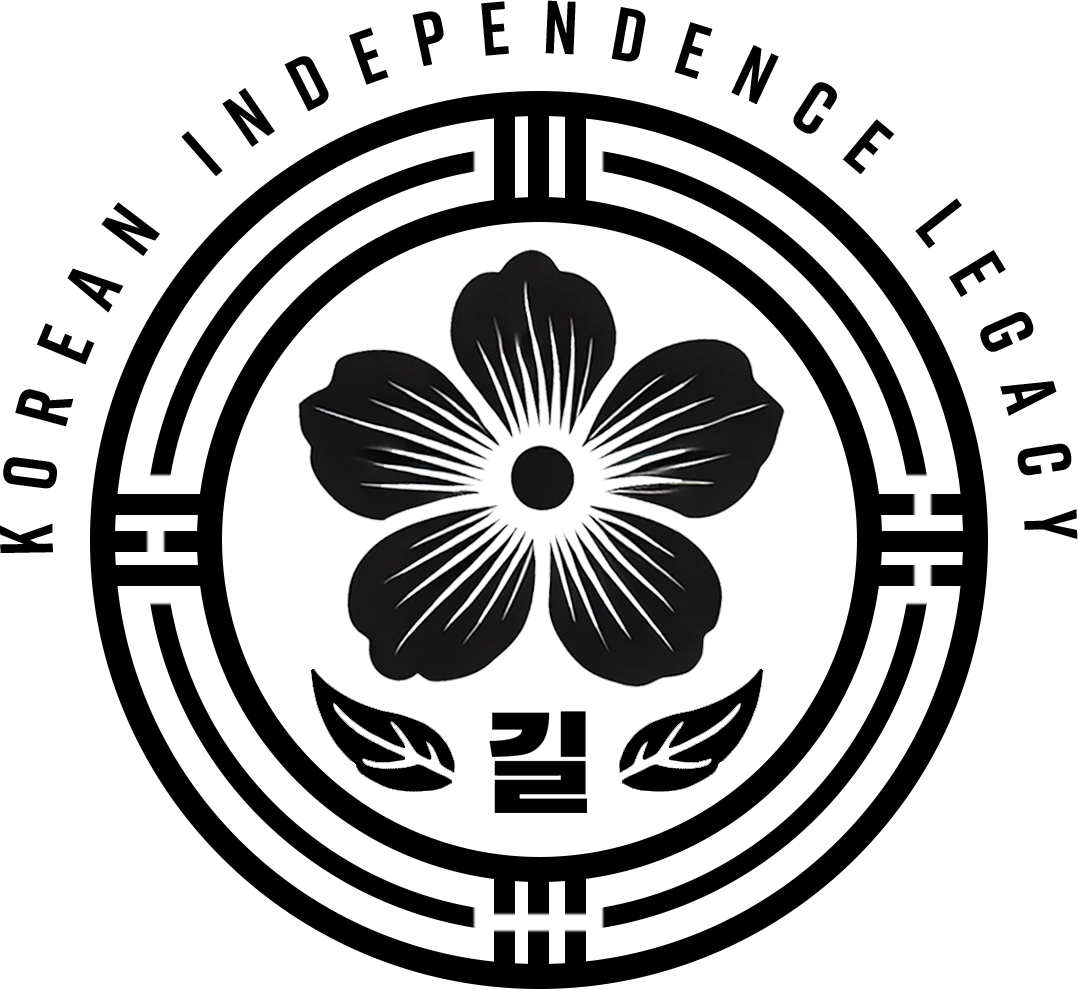Peter Augh(오임하)
Peter Augh(오임하, 1887–1967) was a pioneering independence fighter who became one of the first Korean pilots trained in the United States—risking everything to fight for Korea’s freedom from Japanese colonial rule.
Born in Pyongyang, he immigrated to the U.S. in 1913, joined the Korean National Association and Heungsadan, and trained as a pilot to serve the Provisional Government of Korea. He gave everything—his savings, his health, and ultimately, his life—for the dream of a free Korea.
Peter Augh 오 임하(吳林河, 1887- 1967): Opening the Skies for Independence through Aviation
1. Birth and Early Life
Oh Im-ha, born as Oh Jong-hyeon on February 2, 1887, in Yunghung-myeon, Pyeongyang-gun, Pyeongan Province, originated from Seonkyo-ri, Daedonggang-myeon, Daedong-gun. After arriving in the United States, he changed his name to Im-ha (林河) and also went by other names such as Im Seong-il (林成日) and Oh Im-ha (吳臨夏, 吳林夏). His pen name was Haebong (海峯). His father was Oh Bong-seo, and his mother was of the Kim family. In 1914, he married Park Sun-do and had three children: daughter Ae-gil and sons Myeong-gil and Shin-gil.
He studied classical Chinese at a village school from 1894 to 1900, then worked at a tailor shop until 1902. From 1902 to 1906, he attended Saseung School in Pyeongyang and converted to Christianity in 1902. After entering Daeseong School, he became a member of the Daehan Association’s Pyeongyang chapter in 1908. After graduating in 1911, he traveled to Manchuria and Shanghai, where he joined the Dongjesa patriotic society in 1913.
2. Immigration to the U.S. and Early Struggles
On September 20, 1913, he arrived in San Francisco aboard the ship Mongolia with six others, including Kwak Im-dae and Im Cho, despite not having travel documents. U.S. immigration authorities initially denied entry, but the Korean National Association (KNA) advocated for him, explaining he was a political refugee, and he was eventually allowed in. Kwak Im-dae, who arrived on the same ship, would later serve as an aviation school supervisor for the Provisional Government of Korea.
After arriving in the U.S., Oh faced great hardship. Oh later settled in Los Angeles and joined both the KNA and the Heungsadan (Young Korean Academy), forming a close relationship with Ahn Chang-ho. He served as an academic officer for the KNA’s Los Angeles branch and a teacher at the Claremont Korean Youth Training Institute. Records suggest he often led patriotic songs at various independence events, implying he had strong singing abilities.
3. Path to Becoming a Pilot
By 1919, upon hearing about the March 1st Movement, the establishment of the Provisional Government of Korea, and the formation of Korean youth resistance groups like the Korean Youth Patriotic Corps, Oh made a life-altering decision. Until then, his donations to the independence cause were modest (around $1–$10). However, in August 1919, he donated $100 (equivalent to nearly $20,000 today), marking a turning point.
Immediately afterward, he enrolled in the Redwood Aviation School in Redwood City, California, alongside fellow Koreans Lee Yong-seon and Lee Cho. Despite immense difficulties, Oh studied aviation with fierce determination. His efforts were praised in Shinhan Minbo (The New Korea), which emphasized the necessity of air power in future wars and the strategic importance of aviation for Korea’s independence war.
4. Joining the Korean Aviation Corps
On May 25, 1920, Oh Im-ha graduated from Redwood Aviation School with honors. He then joined the Korean Aviation Corps established by the Provisional Government in Willows, California, which had been founded by General No Baek-rin, Minister of Military Affairs. At the official opening ceremony of the Willows flight school on July 5, Oh performed a celebratory flight with Chief Instructor Frank Bryant, marking a historic milestone for the Korean independence movement.
On January 1, 1921, The Independent newspaper featured the graduation of Oh and five other Korean student pilots as one of the most significant achievements of the previous year. These pilots brought renewed hope to the Korean people suffering under Japanese colonial rule.
5. Wider Contributions in the Korean American Community
Oh continued his activism throughout the 1920s and 30s. He led March 1st memorial events, supported declining Korean language schools in Dinuba, and delivered eulogies and speeches at commemorative events. He was also a consistent donor, contributing to schools like the Goryeo Academy and the dormitory of the Samil Korean Language School.
From 1915 to 1937, Oh donated regularly: $74.50 for national obligations, $65 in general contributions, $12 in population taxes, $100 to the independence fund, and $15 for relief efforts, among many other causes. He also supported Korean orphans, struggling overseas Koreans in Manchuria and Joseon, and the Korean Red Cross.
In 1930, he was appointed secretary of the Central California Korean Mutual Aid Association. In 1936, he represented the Merida branch at the 27th KNA general assembly in San Francisco and was elected to the resolution amendment committee.
6. Recognition and Legacy
In 2014, the Republic of Korea posthumously awarded Oh Im-ha the Order of Merit for National Foundation (Patriotic Medal) for his contributions to the independence movement.
Oh Im-ha’s life was one of unwavering commitment and sacrifice. As one of the first Korean pilots trained in the United States specifically for the cause of liberation, he bridged technological innovation and patriotic duty. Though his name is not widely known, his courage and dedication played a vital role in the Korean independence struggle. Today, remembering Oh Im-ha is not only an act of honoring history but also of restoring the legacy of a hero who gave everything—even anonymity—for his nation’s freedom.
